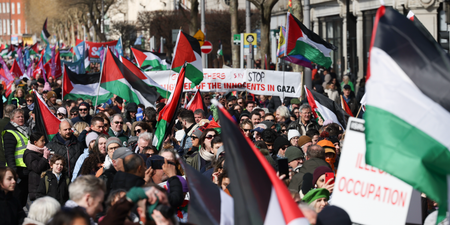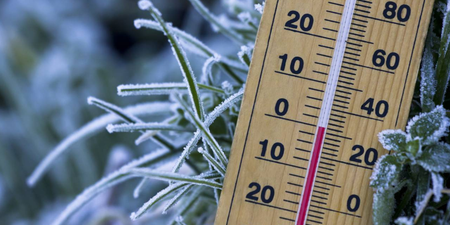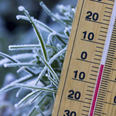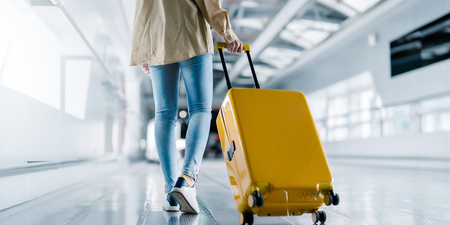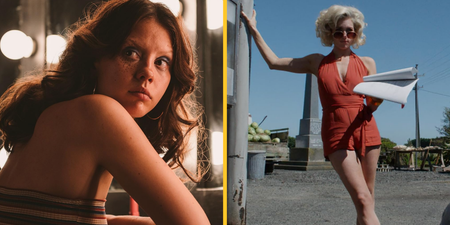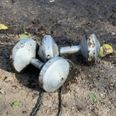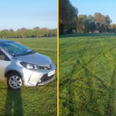The residents of Bali’s many evacuee camps need our help.
The Indonesian island of Bali has become a firm favourite of Irish holidaymakers in recent years. Famed for its kind people, beautiful beaches and diverse culture – the island boasts something for every kind of traveller, be you prince or pauper.
However, the island is in trouble.
As has been sensationalised across the media in recent times, the island’s highest volcano, Mount Agung, has been threatening eruption for several months now. What was once famed for midnight excursions to its peak to witness iconic sunrises, the mountain is now the root of the country’s angst, as flights both to and from the island have been cancelled due to fear and anticipation of the eruption.
This, in turn, has exposed the island to the third world’s harshest elements.
Rubbing salt in the wound is the fact that the island’s tourism supply has been neatly cut off, unfastening the yoke of the flourishing cash-cow as well as the harsh deracinating of some of the island’s most in-need residents.

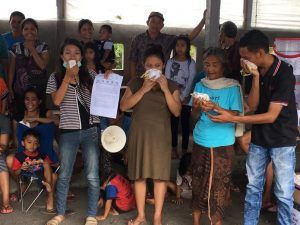
JOE spoke to Irish Bali resident, Nadia Wau, who told us the mammoth effect Mount Agung’s impending eruption has had.
”The island currently is currently down to 10% tourism,” Wau said.
“I’ve never seen it this empty in as long as I’ve lived here. The soul has been ripped out of the people and struggle to survive is real.”


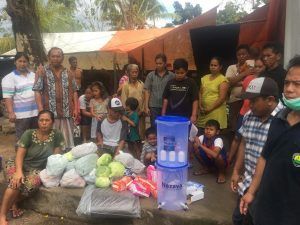

Rushed evacuation of the volcano’s surrounding areas caused families to be uprooted almost overnight, carting locals off to makeshift camps located along the northeast coast of Bali, from Tianyar to Bondalem and Julah.
Many of these communities, 19 in total, have been moved several times since their forced 22 September moving date from their now-abandoned homes.
David J Booth MBE, Founder and CEO of East Bali Poverty Project (EBPP) spoke to JOE about life in the camp.
”[People spend their time] mainly figuring out how they’ll get through another day because: [they have] difficulty in getting supplies of food, especially vegetables, proteins, carbohydrates, because they have no work – and thus no income and [because] many are seeking local materials to build basic shelters, especially bad conditions now in the rainy season,” Booth said.
“[They also] worry about a) if/when they can go home, b) will their simple house be standing or demolished by a major eruption or earthquake – meaning they’d have to rebuild their lives from zero – in the only steep, sandy and hilly home their family has known for generations (but it is home!)? and (c) caring for the elderly, disabled, pregnant mothers and young babies.
”To give you a better picture of the geography of their 7,200 hectare village, it is 40% of the size of Glasgow city.”
The inimitable Photographers Without Borders have since published a documentary about the East Bali Poverty Project, an organisation giving aid to those in dire need. Those impoverished and uprooted due to recent events are seriously lacking in basics such as food, water and toiletries, counselling for those who need it – and need your help.
In the documentary, the film’s creator, Danielle da Silva, meets a young mother who had a caesarean whilst evacuated.
Those residing in the camp have lost their homes, their independence and their livelihoods with the colossal move that Agung has brought. However, we can make things easier; donations of as little as a few euro can help those affected and displaced by Mount Agung.
However tough conditions are now, they could be so much tougher. And for a family who’s average yearly income is $60 – your fiver could really make a difference.
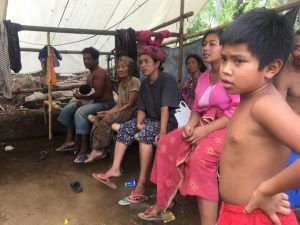
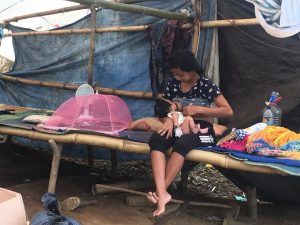
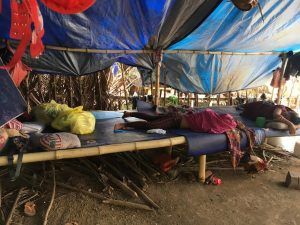
Your donations would simply keep these people surviving, as well as keeping 89 children in school during this unimaginable move.
These kids rely on the community-provided school, as the nearest government schools are a 5km mountain walk away.
When asked what public donations would do to help the cause, Booth told JOE: ”Purchase supplies such as nutritious staples of veggies, proteins rice, cooking oil, baby supplies, baby/infant foods, diapers, sanitary needs, etc.
“[Donations would also provide] tarpaulins for shelters, blankets for the cold nights, emergency mattresses for sleeping, cooking stoves and gas bottles, emergency toilet block materials (concrete rings, corrugated zinc sheets, timber for frames, Asiatic WCs, plywood and cement for the cover & floor of the bathroom, tarpaulin for the roof and large plastic water containers for storing the bathing water) that the EBPP team would provide if not available at the site.”
It’s just that simple. For those who’d like to donate to the cause, you can do so right here.
Isn’t this what Christmas time is all about?
Photo credit: Komang Kurniawan, Team Leader
LISTEN: You Must Be Jokin’ with Aideen McQueen – Faith healers, Coolock craic and Gigging as Gaeilge








